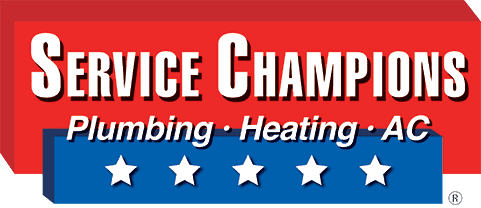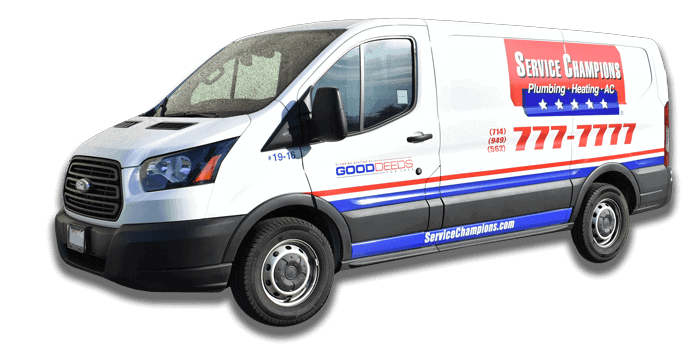Plumbing Maintenance Checklist: Keep Your System in Tip Top Shape
Issues with plumbing can become homeowners’ worst nightmares. Problematic plumbing can cause monumental disruption to wallets, everyday lives, and property. In extreme cases, families may even need to temporarily relocate until their problems have been repaired, and even then, they’ll receive a nasty bill for reparation.
When this happens, homeowners kick themselves for not performing simple, routine plumbing maintenance checks. These simple checks can help you spot a plumbing problem at the beginning, before the issue evolves and causes devastation. Most of these checks take no more than a few minutes each, so putting a small amount of time aside every other month is more than achievable – even for the busiest of families.
With that in mind, you’ll need to know what to look for when assessing your plumbing’s conditions. Our plumbing maintenance checklist breaks down plumbing fixtures in different rooms, making it straight-forward and foolproof to ensure your plumbing is healthy and operating well.
1. Around the House
The first elements you should check are located in different places depending on your home. You’ll need to check 3 key plumbing fixtures:
The Water Heater
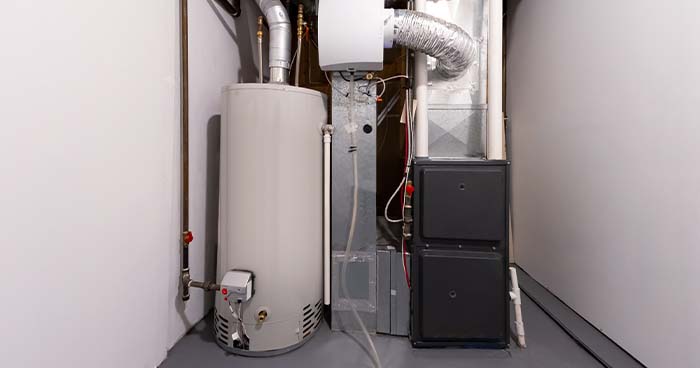
Your water heater is responsible for heating your water. It keeps your morning showers and evening baths piping hot. However, if something’s wrong with your water heater, cold showers are the smallest of your problems.
If your water heater is faulty, the water can become contaminated and breed bacteria. If this happens, it becomes a health concern to your family, and can result in sickness.
To check your water heater is working with no faults, you need to inspect your pipes. Look for any holes or leaks, ensuring they’re intact. If you find a leak, you’ll need to get it repaired.
Further, if there is a leak, to ensure the water is not contaminated, you’ll need to look at the color. If the water is a rusty, brown shade rather than transparent, the water has been contaminated by dirt and dust. This shade of water is dangerous and can cause illness, so inspect it carefully and routinely.
Hose Spigots
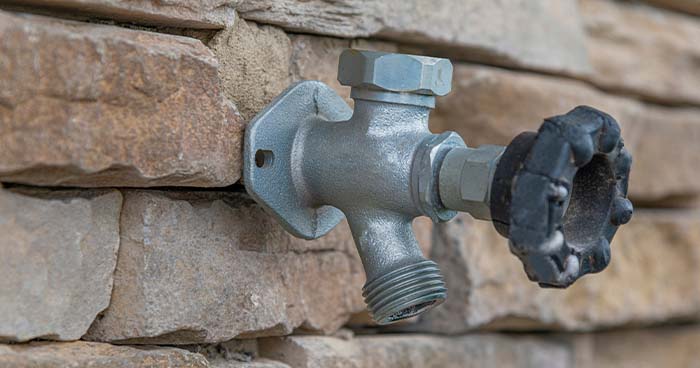
Next up on our plumbing maintenance are your hose spigots – a plumbing fixture often overlooked by homeowners. Ignoring checking your hose spigots for any problems can become a large ‘I wish I’d have checked’ mantra. If not, you’ll face a large water bill that you can’t explain. So, when doing your routine plumbing maintenance checks, ensure you spend some time inspecting your hose spigots.
You can check on the condition of your hose spigots by inspecting for any spills or leaks. If you find some, replace your cartridges or washers before the leak grows and more water spills out. This is an easy replacement, and you’ll be saving money in the long run.
Remember that hose spigots develop leaks simply due to old age, so if your hose spigots have been in operation for a while, it may be time to replace them.
Washing Machine
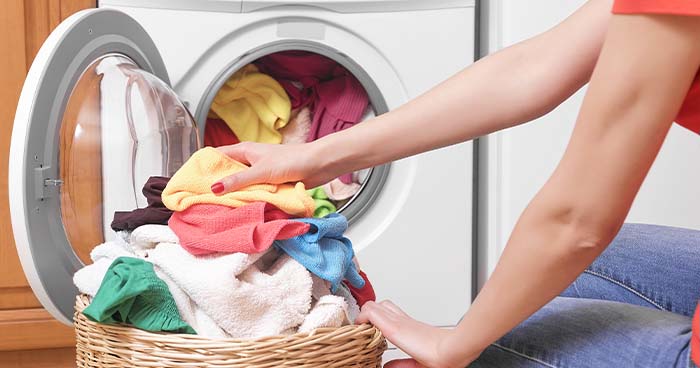
Your washing machine needs regular checks, too. If you take care of it, it’s likely to last a lot longer, meaning checking in on it’s condition is crucial.
This plumbing maintenance check only takes a few minutes and can be done whenever your washing machine is operating.
When your laundry is being cleaned, bend down and check that there is no water leaking from the washing machine. The flooring surrounding the machine should be dry. If, however, there’s water leaking from it, it will need to be repaired.
If a leak from your washing machine is ignored, the leak will grow, laundry will leave the machine dirty, and you may even get severe property damage. Plus, it can be dangerous for the water spillage to surround electricity. So, should there be a leak from your washing machine, it’s important you get it repaired.
But why do washing machines leak? Generally speaking, leaks from a washing machine are usually due to a broken pump, drain hose, or a faulty tub-to-pump hose.
2. The Bathroom
Your bathroom has many plumbing fixtures which are often used more frequently by your family members than others. Heavy use increases the possibility of problems, especially in the plumbing world. With that in mind, it’s important that you pay closer attention to the plumbing fixtures in your bathroom, inspecting the following routinely – every other month:
The Faucets
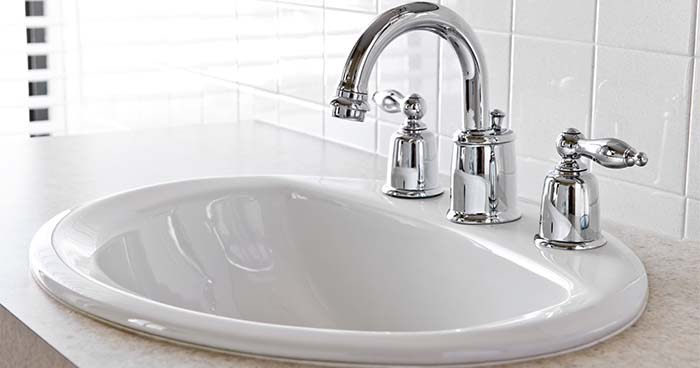
Your bathroom faucets need routine maintenance checks. The key faucets lie in your bathtub, shower, and sink. As they’re used frequently, it’s important to check them for any faults.
Check your faucets for any excess water or spills. If you spot a leak from your faucet, it’s time to replace the washers and cartridges. You should also check the faucet’s water pressure. If it’s noticeably weaker than usual or it’s spraying in irregular patterns, it indicates a calcium buildup on your aerator. This is easily fixed. You’ll need to remove your aerator and soak it in vinegar to clean it effectively. If the build up is too extreme, however, it’s best to replace it altogether.
Looking at the plumbing for your bathtub or shower can be challenging due to the water supplies hiding inside the walls. This makes it impossible to visibly spot a leak without ripping walls down. Clearly, we wouldn’t advise ripping down walls every other month to check on your plumbing’s conditions. So, you’ll need to check the room directly beneath your bathroom. Any evidence of a leak will appear there.
The Drains
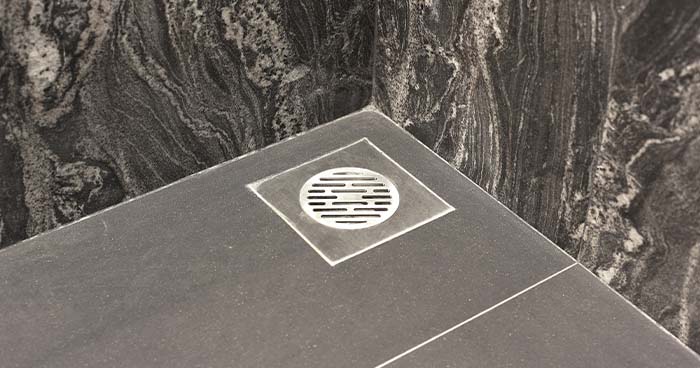
Clogged drains are a common problem in the bathroom. Hair and soap often block up the drains in the shower and bathtub.
However, the drains are only usually treated once it’s obvious there’s a blockage. You can tell if the drains are blocked because the water will not run freely down the drain quickly.
Leaving it until there’s a blockage can cause foul odors, and damage your drain. However, treating it preventatively is far more effective. Simply stir together baking soda and vinegar, and pour it down the plughole. Do this every other month and prevent any blockages that are building up.
You can purchase drain unblocking solutions, which are perfect for extreme drain blockages. That said, treating it routinely needs only baking soda and vinegar. It’s more affordable this way, too.
The Toilet
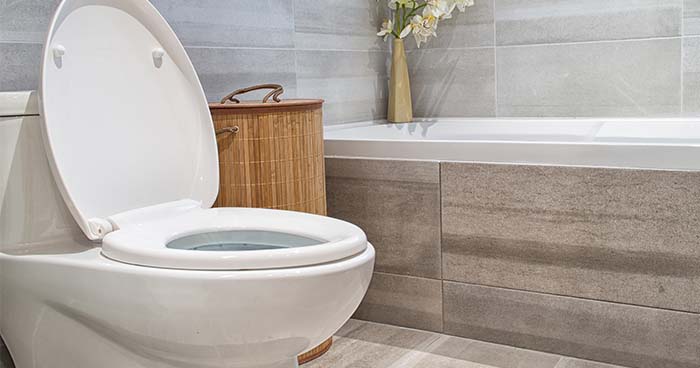
A house without a functioning toilet quickly becomes a nightmare – especially if it’s the only toilet in the property. If a toilet isn’t working properly, in extreme cases you could be a victim of a sewage buildup. This breeds bacteria and can cause families to need to relocate until the problem has been solved.
That said, if you stay on top of your toilet maintenance and make sure it’s functioning properly, you should be able to catch any issues at the beginning, before it snowballs into a problem.
Check your toilet for any leaks, checking the base of your toilet for any excess water. The flooring around the base should be completely dry. If it’s not, there’s a problem.
You’ll also need to check the amount of water your toilet is using. Remove the tank lid and flush the toilet. If it continues to run after being flushed, your toilet is wasting water. That will cause high water bills, so it’s best to test it every other month.
3. The Kitchen
Like the bathroom, the kitchen is a hot spot for plumbing fixtures. It’s a well used room, and should be kept clean for obvious reasons. Problems with your plumbing in the kitchen, however, can become messy all too quickly. Keep an eye on the following, making sure to routinely check on the maintenance of:
The Sink
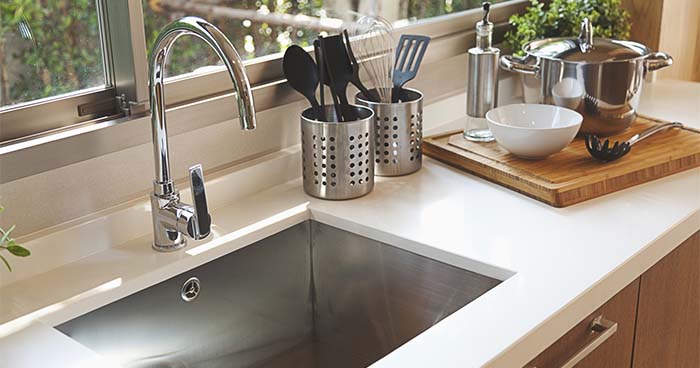
The kitchen sink is used every day for a variety of things. Washing up, cleaning produce, draining pasta only a few. Because of how often the sink is used, it’s important that the plumbing is kept in tip-top condition.
If there’s an issue with your sink, you’ll often smell it before you see it. The smell can run into every room in your house in only a few moments. This can cause bacteria and be a real medical problem.
To avoid this, check your sinkhole every other month. When used, the water should drain quickly with no buildup. Simply watch the speed at which the water swims down the plug.
Just like your bathroom plug
As with your bathroom sinks, it’s best to treat this routinely rather than only when a problem occurs. Use the same remedy: baking soda and vinegar every other month to break down any developing blockages.
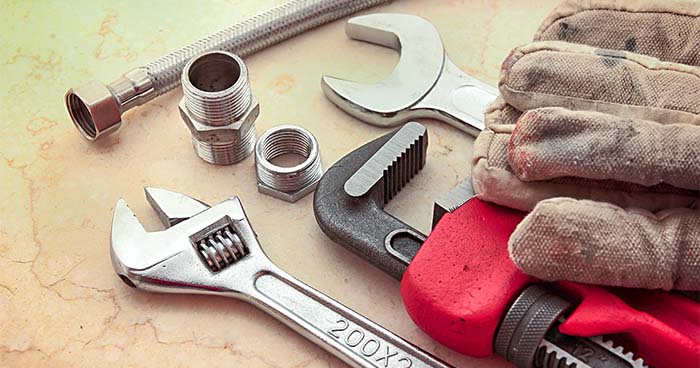
If you have any questions about your home’s plumbing system, feel free to reach out to the experts at Service Champions.
